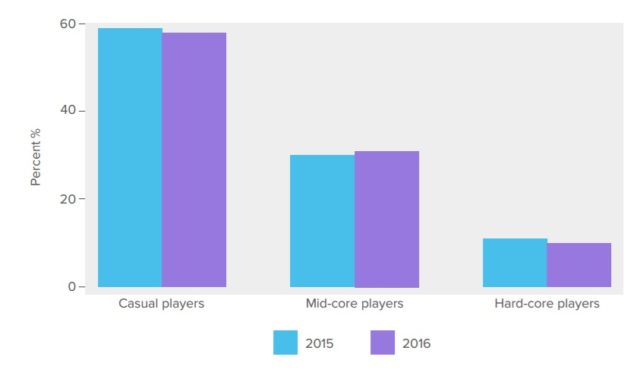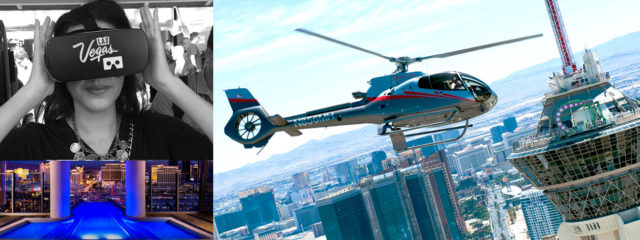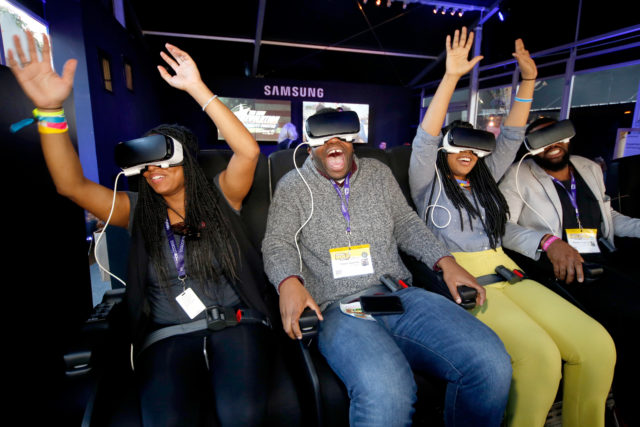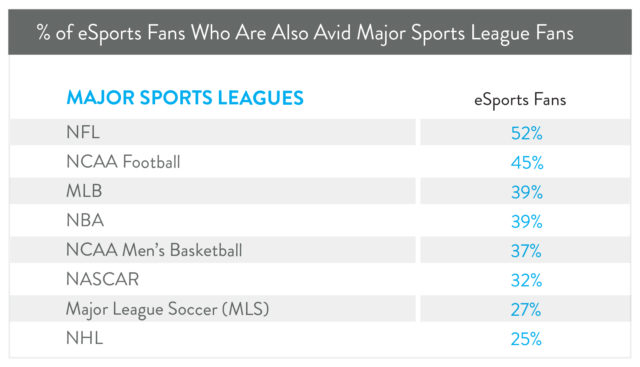The forthcoming film Hidden Figures—the story of three African-American NASA employees who turned around the Space Race in the ’60s and served as the brains behind the launch of astronaut John Glenn into orbit—will debut in theaters Jan. 6.
The movie inspired PepsiCo to partner with 21st Century Fox and the New York Academy of Sciences to launch a scholarship contest designed to help uncover the next generation of female leaders in science, technology, engineering and math (STEM).
“The Search for Hidden Figures” contest was designed to support emerging female STEM visionaries by awarding over $200,000 in scholarships and other prizes like a trip to the Kennedy Space Center to over 20 winners between the ages of 13 and 19, and professionals 20 and older. Winners will be announced Jan. 12.
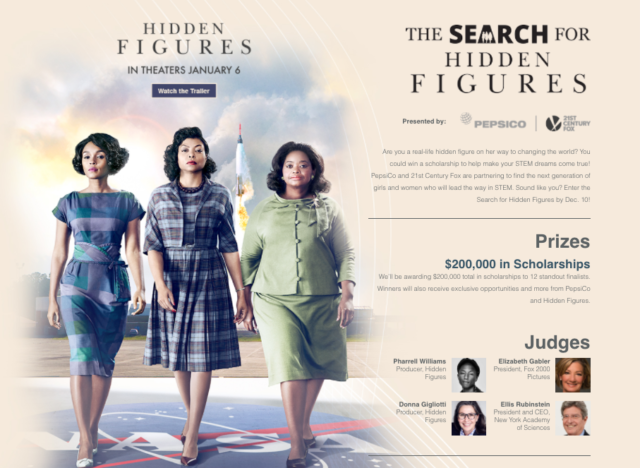
Hidden Figures stars Taraji P. Henson, Octavia Spencer and Janelle Monae and was produced by Pharrell Williams—who also will serve as one of the four judges.
The contest was complemented with a national TV and digital media campaign, along with a collection of STEM mobile and web games, quizzes and challenges for students and fans of the film to test their skills.
Jeff Boron, PepsiCo’s senior director of digital, joined [a]listdaily to detail how the food, snack and beverage corporation is deepening their commitment to science and technology and investing in today’s emerging talent.
Why was Hidden Figures a specific project PepsiCo wanted to get behind? What is the message you are trying to convey to consumers?
We’re committed to promoting STEM education both inside and outside of the company at PepsiCo—especially among women and girls who may be considering careers in STEM-related fields. With the special story associated with the upcoming film, it’s our hope that this contest will empower those who are making strides in STEM, while also inspiring the next generation of female visionaries.
How does promoting women and girls doing unheralded work in science, technology, engineering and math (STEM) tie in with PepsiCo’s Performance with Purpose?
As part of its Performance with Purpose 2025 agenda and goals, PepsiCo recently announced a commitment to improve the lives of 12.5 million women and girls by 2025. Given that women represent only 24 percent of the STEM workforce, PepsiCo is particularly committed to expanding and encouraging STEM opportunities among female students and professionals.
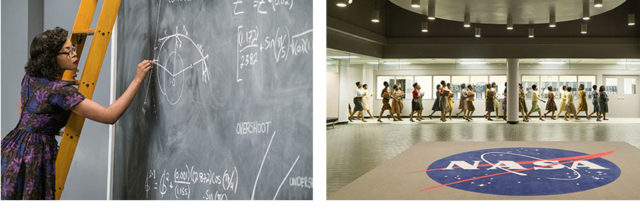
Why was The Search for Hidden Figures the perfect film to launch with? How do you decide which movies get incorporated with PepsiCo’s marketing plans/budget?
The Search for Hidden Figures tells the ‘untold’ story of three African-American female NASA mathematicians whose achievements not only supported the country’s Space Race, but crossed gender and race lines. After learning about this inspiring story, we saw a powerful parallel—the film would deliver a one-of-a-kind platform for PepsiCo to further support the discovery of STEM talent and the development of STEM skills in the workforce.
How is PepsiCo planning on further marketing and branding the film with the digital media campaign that’s tied to the initiative? What’s going to be your social media strategy? Do you plan on working with influencers?
To help encourage participation in the contest, we’ve created a digital media campaign featuring the film’s lead actress, Taraji P. Henson, as well as messages of encouragement from additional film stars. As part of these efforts, we’ll also be releasing exclusive behind-the-scenes footage from Hidden Figures directly to consumers through the contest’s website.
What are the mobile and web games, quizzes and challenges designed to accomplish? What can consumers expect?
As you know, STEM skills are the foundation of many of the world’s most important industries, and will continue to grow in importance as we soar into the future. These fun, interactive games were created to sharpen basic STEM concepts that are the building blocks of many STEM-related career tracks. Consumers will be challenged to think outside the box and, hopefully, discover hidden STEM talents of their own.
Pepsi played a prevalent role in Empire last year. Does PepsiCo have any plans for product integration with The Search for Hidden Figures?
Not at this time.
How will PepsiCo support the discovery of STEM talent and the development of STEM skills in the workforce moving forward?
As part of its ongoing STEM efforts, the PepsiCo Foundation has given a $1 million grant to support the New York Academy of Sciences’ Global STEM Alliance, which inspires high school students to pursue STEM careers. PepsiCo also sponsors mentorship programs including STEMconnector’s Million Women Mentor program, a global initiative to increase the interest and confidence of girls and women to pursue and succeed in STEM programs and careers. Lastly, we strengthened our partnership with STEMconnector, a US-based organization focused on promoting and expanding the teaching and learning of STEM skills, on ‘Career Accelerator Week.’ Every year in October, PepsiCo hosts hundreds of students from grades 8-to-11—approximate age range of 12-to-18—across PepsiCo headquarter locations—including educators and parents with the goal of exposing young talent to career possibilities with a STEM education.
How do you wish consumers respond to the overall campaign? How will you measure success?
Success will be measured by our engagement with emerging leaders throughout STEM, and in doing so, we hope to secure a significant number of applications to “The Search for Hidden Figures” contest. In the end, this contest will enable us to empower and recognize young girls and women interested in STEM and we look forward to learning about each of their stories.
Follow Manouk Akopyan on Twitter @Manouk_Akopyan
